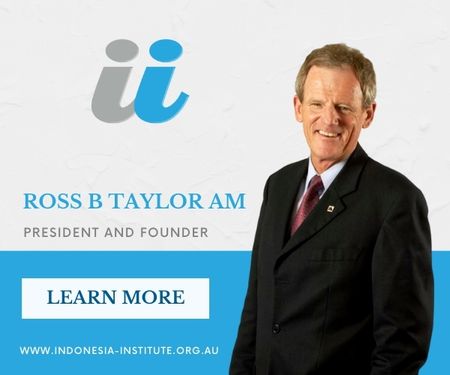Vincent Bevins, The Jakarta Method: Washington’s Anticommunist Crusade & The Mass Murder Program That Shaped Our World, NY: Public Affairs, 2020
As those who are interested in Indonesia and Indonesian history know, 1965 was a pivotal year for the nation. It marked the turning point from Indonesia’s revolutionary beginnings to its current modern state, linked to the rest of the corporate world through multinational trade. In 1965, Indonesia changed from a country that was leading developing countries in trying to find a path between the capitalist “west” and the communist/socialist “east” to become a country firmly within the US fold, and where the spectre of “communism” continues to be used to attack any left-leaning or progressive social tendencies.
The violent post-1965 massacres involved the deaths of half a million to more than a million innocent Indonesians, killed under horrendous circumstances for having actual or suspected links to such legal organisations as trade unions and civil rights groups. There is still no real evidence that the Indonesian Communist Party, a legal entity at the time, had any role in the military putsch that served as a pretence for Indonesia’s Western-backed military to launch its murderous operation to destroy the Indonesian Communist Party and any civil institutions that might oppose the government installed and headed by General Suharto.
What is less well known is the fact that US intelligence agencies used the template of what was “achieved” in Indonesia to strengthen their worldwide program of replacing left-leaning governments with military and right-wing dictatorial regimes. Indeed, as is documented in The Jakarta Method, “Operation Jakarta” was the name given to the strategy, which was also successful in such countries as Chile where the popularly elected and left-leaning President Allende was replaced in 1973 by General Pinochet, whose crimes against humanity served as a template for many a subsequent iron-fisted ruler.
Vincent Bevins’ book is well-researched and documented, and provides insight into both what actually happened in Indonesia in 1965 and how similar processes occurred in such countries as diverse as Iran, Guatemala, Brazil and the Democratic Republic of the Congo. That this was a concerted policy by the US State Department and the CIA is reflected in the personnel and events investigated by the author. Indeed, as Australians we can draw our own conclusions when we see that the US ambassador in Indonesia from 1965 to 1969 was Marshall Green, and that after he oversaw the overthrow of Sukarno, he was, from 1973 to 1975, posted to Australia as US ambassador precisely at a time when the US was becoming increasingly concerned by the progressive policies of the Whitlam government.
The details provided by Bevins of how, throughout the modern era, progressive governments have been subverted and overthrown are truly upsetting. Indeed, what provides a level of humanity and compassion to the study is the fact that, while documenting political events in Indonesia, he also traces the lives of a number of ordinary Indonesians, now quite elderly. He recounts how the tumultuous events in Indonesia and elsewhere in the world have affected them, including how they now reflect on the lives they led and the events they experienced. These Indonesians have experienced life not only in their own country but also in countries as diverse as Cuba, the US, Brazil, France, Chile, Guatemala and Holland. It is a testament to the author’s dedication that he concludes The Jakarta Method by visiting these Indonesians who have led truly fascinating lives, and sensitively records what he learnt from them. This required Bevins to travel to a variety of locations, not only in Indonesia where he has lived for a number of years while working as a correspondent and writing this book, but also to such diverse places as Stamford, São Paulo, Paris, Santiago, New York, Guatemala City and Amsterdam.
As a record of what happened in 1965 in Indonesia, The Jakarta Method is a landmark study. However, with the added dimension of placing the Indonesian experience in the context of modern politics and society throughout the developing world, it is a masterful achievement.
Ron Witton
______________________
Ron Witton gained his BA and MA in Indonesian and Malayan Studies from the University of Sydney and his Ph.D. from Cornell University. He has worked as an academic in Australia and Indonesia, and now practises as an Indonesian and Malay translator and interpreter.





